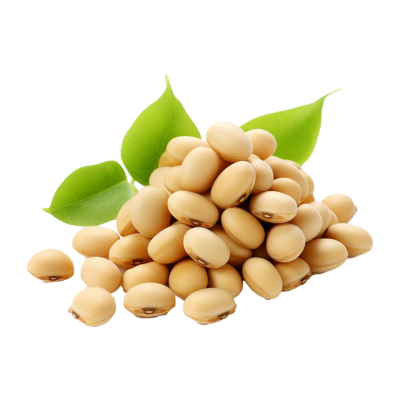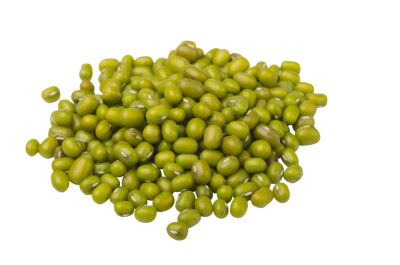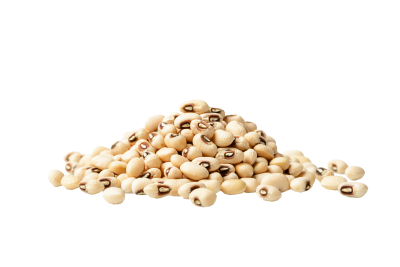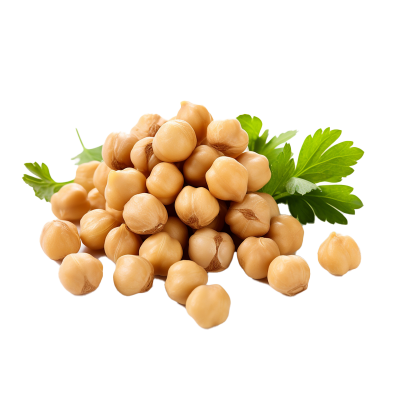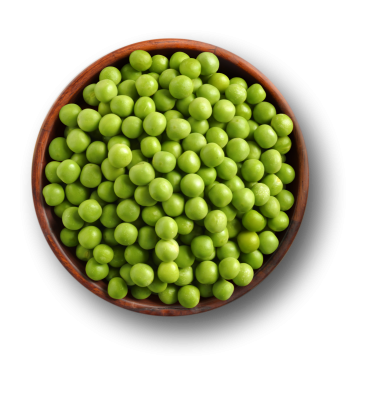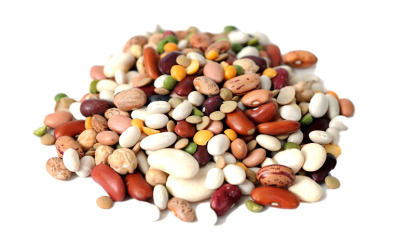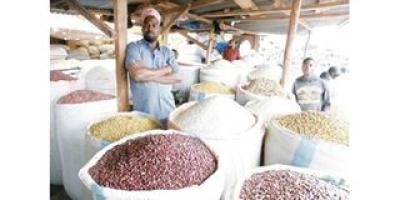The Economic Impact of Pulses Trading in East Africa
In recent years, pulses have emerged as a key agricultural commodity in East Africa, making a significant contribution to the region's economy. Pulses, including beans, lentils, chickpeas, and peas, are not only an essential part of the diet for millions of people but also serve as a major agricultural export that drives trade, creates jobs, and supports rural livelihoods. As global demand for pulses continues to rise, East Africa has increasingly positioned itself as a major player in the global pulse market. In this blog post, we will explore the economic impact of pulses trading in East Africa and how this sector is shaping the region’s agricultural future.
The Role of Pulses in the Regional Economy
Pulses are vital to the East African economy for several reasons. First and foremost, they are a significant crop in the agricultural sector, which remains the backbone of the economy in many East African countries. Pulses contribute not only to food security but also to income generation for millions of smallholder farmers. According to recent data, East Africa produces a wide variety of pulses, with countries like Uganda, Tanzania, Ethiopia, and Kenya leading the way in production. Pulses represent a valuable export product, contributing to trade revenue and the balance of payments for many East African nations.
In addition to being a major agricultural product, pulses are a key source of employment across the region. The pulse supply chain—from farming, processing, and packaging to distribution and export—creates a wide range of job opportunities. From the farmer tending to their crops to the logistics company transporting goods to international markets, the pulse trade supports both direct and indirect employment, with significant positive effects on local economies.
Boosting Rural Livelihoods
Smallholder farmers, who make up the majority of pulse producers in East Africa, are the primary beneficiaries of the booming pulse trade. By cultivating pulses, farmers have the opportunity to diversify their crops, reduce risks associated with mono-cropping, and increase their income. Pulses are a relatively low-maintenance crop that can grow in varying climatic conditions, which makes them especially valuable in regions prone to drought or other environmental challenges. This makes pulses a reliable income-generating crop for farmers in rural areas where access to resources and technology may be limited.
Furthermore, many farmers in East Africa rely on pulses to meet domestic food demands. Pulses are a rich source of plant-based protein, essential for nutrition in households where animal-based protein is scarce or expensive. This contributes to enhanced food security, not only for the farmers who grow the crops but also for their communities.
Rising Demand and Export Potential
As global demand for pulses continues to increase, East Africa has become a critical player in the international pulse market. Pulses are sought after in countries across the world due to their health benefits, affordability, and sustainability. In particular, there is rising demand in countries like India, the Middle East, and parts of Europe. The East African region benefits from its proximity to these growing markets, which provides a competitive advantage for pulse exporters.
East African countries, including Ethiopia, Kenya, Uganda, and Tanzania, are key exporters of pulses, with Ethiopia being one of the largest exporters of beans and lentils in the world. In fact, pulses are a top agricultural export for many East African nations. The growing international demand for pulses has led to increased production, improved processing technologies, and the development of new markets, further enhancing the economic prospects for the region.
Governments in East Africa have recognized the potential of the pulse industry and have worked to improve trade policies, infrastructure, and agricultural practices to support the sector. Investment in storage facilities, processing plants, and transportation networks has helped streamline the pulse supply chain, ensuring that pulses can be exported efficiently while minimizing losses.
Creating Sustainable Value Chains
One of the most important aspects of the pulse trade in East Africa is the development of sustainable value chains. Sustainability in pulse production and trade is a key focus for both producers and traders in the region. Pulses are often grown using fewer chemical inputs and can play a role in enhancing soil fertility, making them a more environmentally friendly crop compared to other staples. This sustainable approach not only benefits the environment but also creates opportunities for farmers to participate in global markets that prioritize environmentally conscious practices.
To ensure that East Africa can remain competitive in the global pulse market, it is critical to strengthen the entire value chain, from production to marketing. By investing in training programs for farmers, improving post-harvest handling practices, and enhancing processing facilities, the region can ensure that its pulses meet international quality standards. Additionally, fostering partnerships between governments, private companies, and international organizations can help to ensure that the benefits of pulses trading reach all stakeholders, particularly smallholder farmers.
Challenges and Opportunities for the Pulse Trade
While the pulse sector in East Africa has shown tremendous potential, it is not without its challenges. Poor infrastructure, fluctuating market prices, inadequate access to finance, and climate-related risks such as droughts and floods can all have a negative impact on production and trade. Additionally, the region faces competition from other pulse-producing countries, which could limit the growth of the East African pulse trade.
However, these challenges present opportunities for improvement. By focusing on building resilience to climate change, improving market access, and supporting smallholder farmers through financial and technical assistance, East Africa can continue to strengthen its position as a global pulse trading hub. Furthermore, exploring value-added processing and increasing local consumption of pulses can further boost the region’s economic growth.
Conclusion
Pulses trading is a critical component of East Africa’s agricultural economy, offering significant economic, social, and environmental benefits. By continuing to invest in infrastructure, sustainability practices, and value chain development, the region has the potential to solidify its position as a global leader in the pulse market. The economic impact of pulses trading extends beyond farmers and exporters, providing broader opportunities for job creation, poverty alleviation, and sustainable agricultural development. With the right investments and strategic partnerships, East Africa can harness the full potential of the pulse industry and drive long-term economic growth in the region.
As the demand for pulses continues to rise worldwide, East African countries are well-positioned to take advantage of this growing market, contributing to the prosperity of both the local and global economy.


